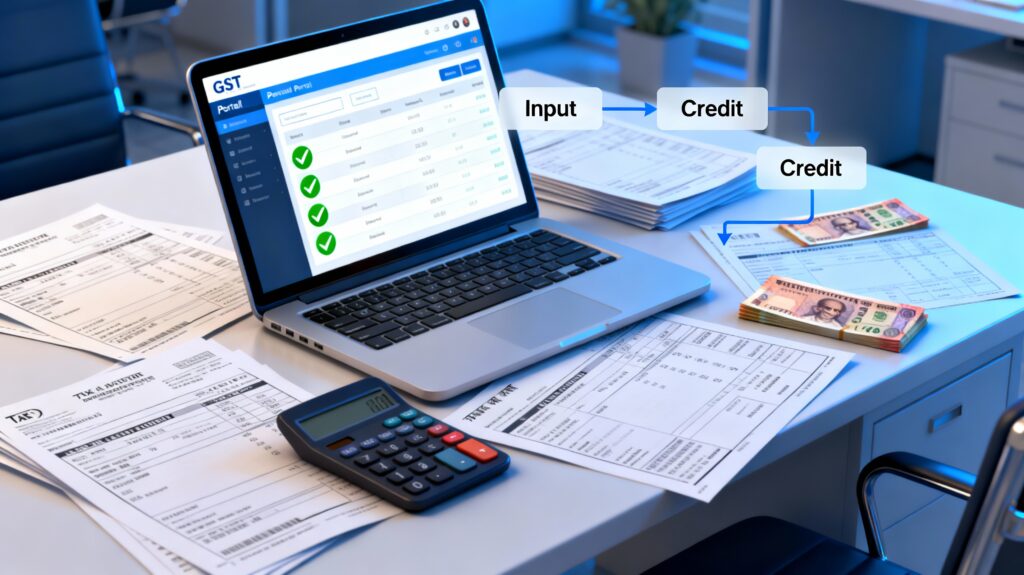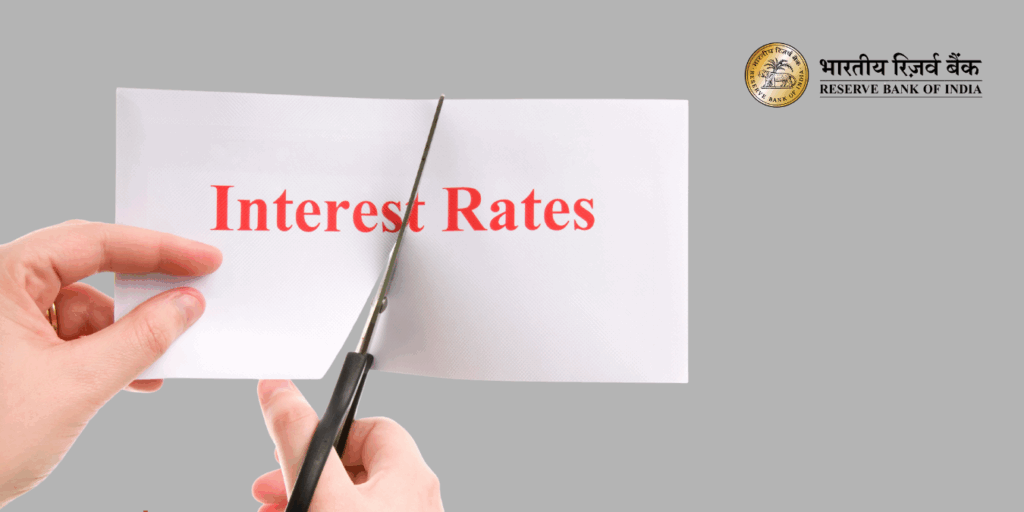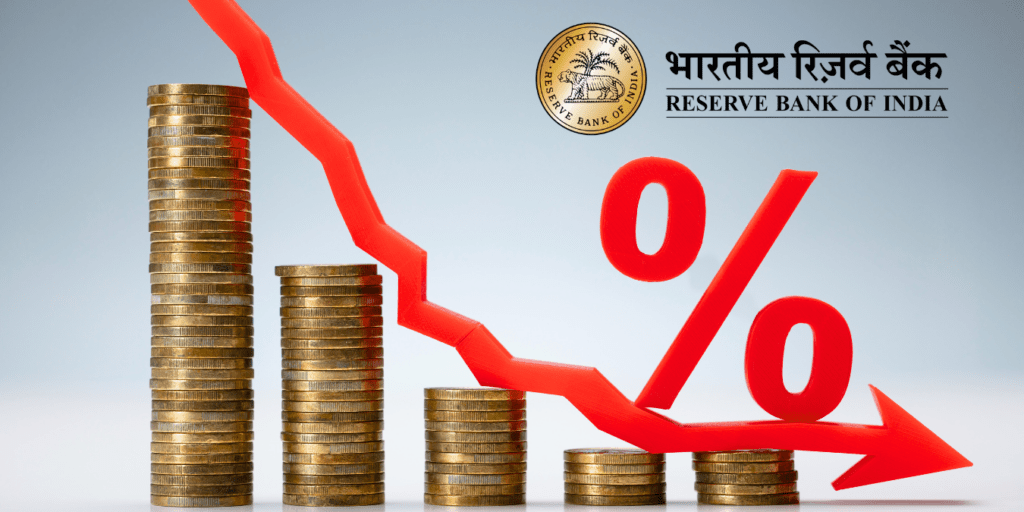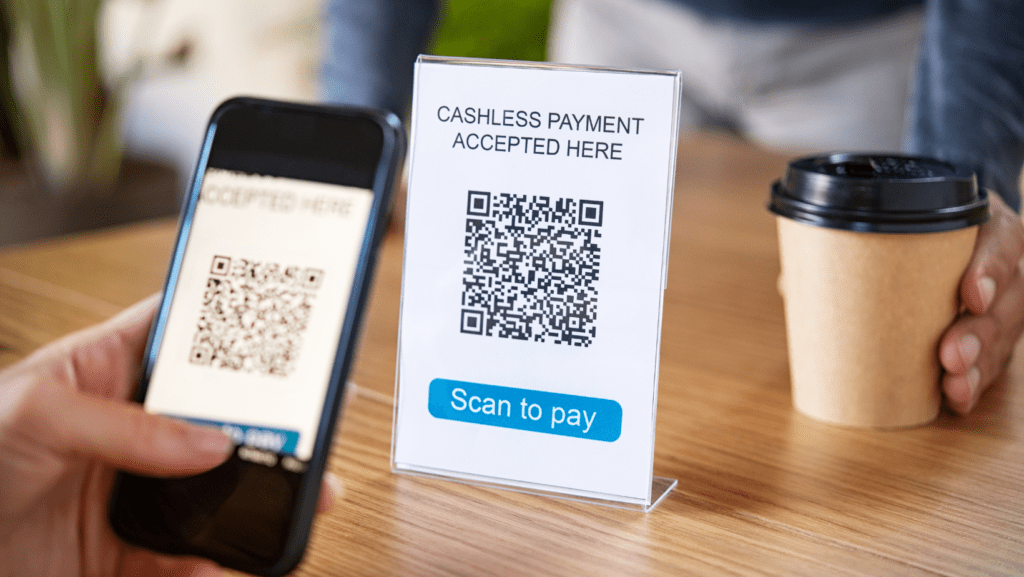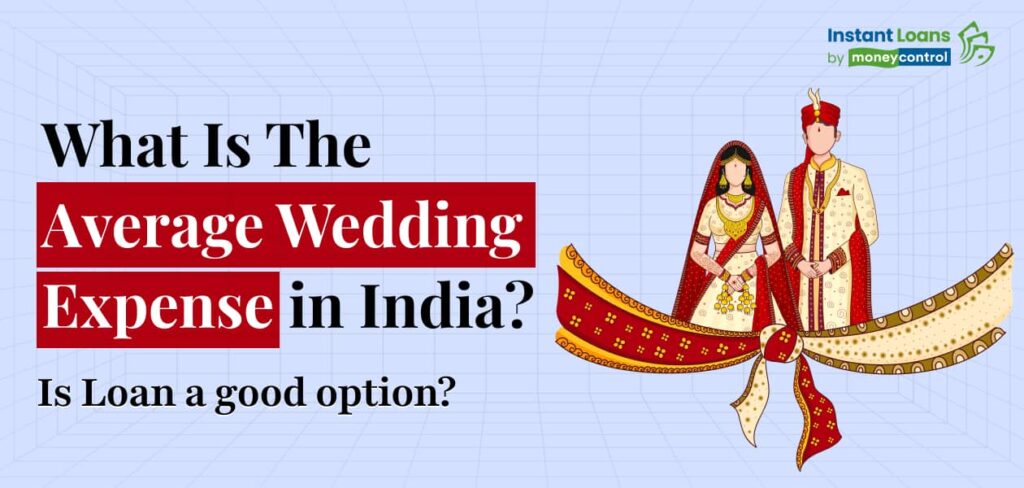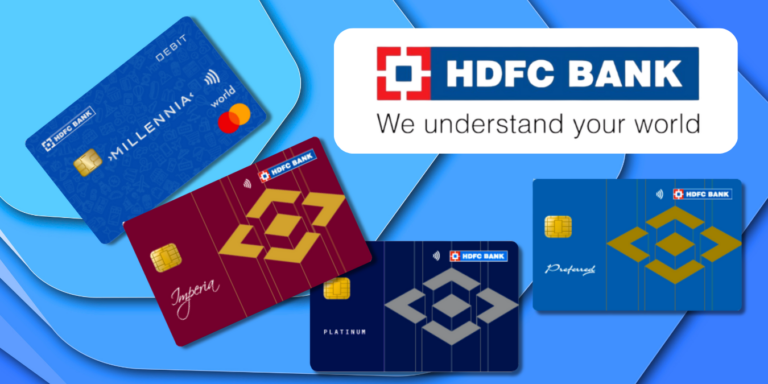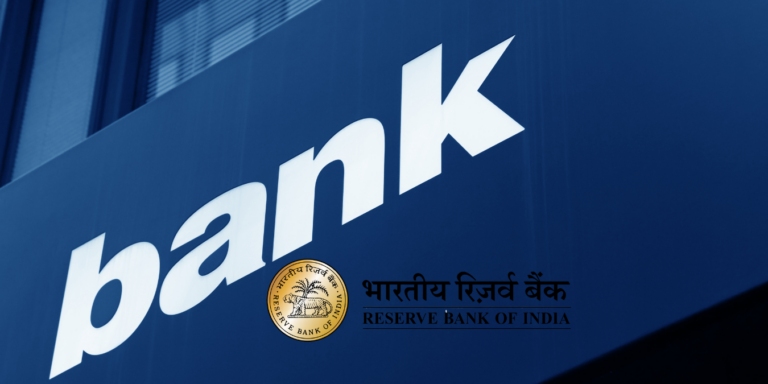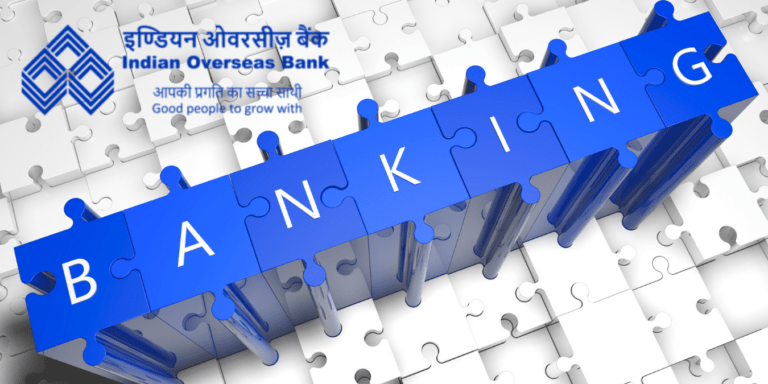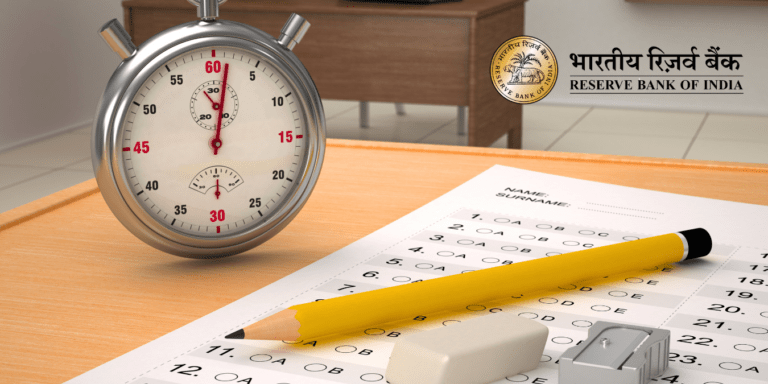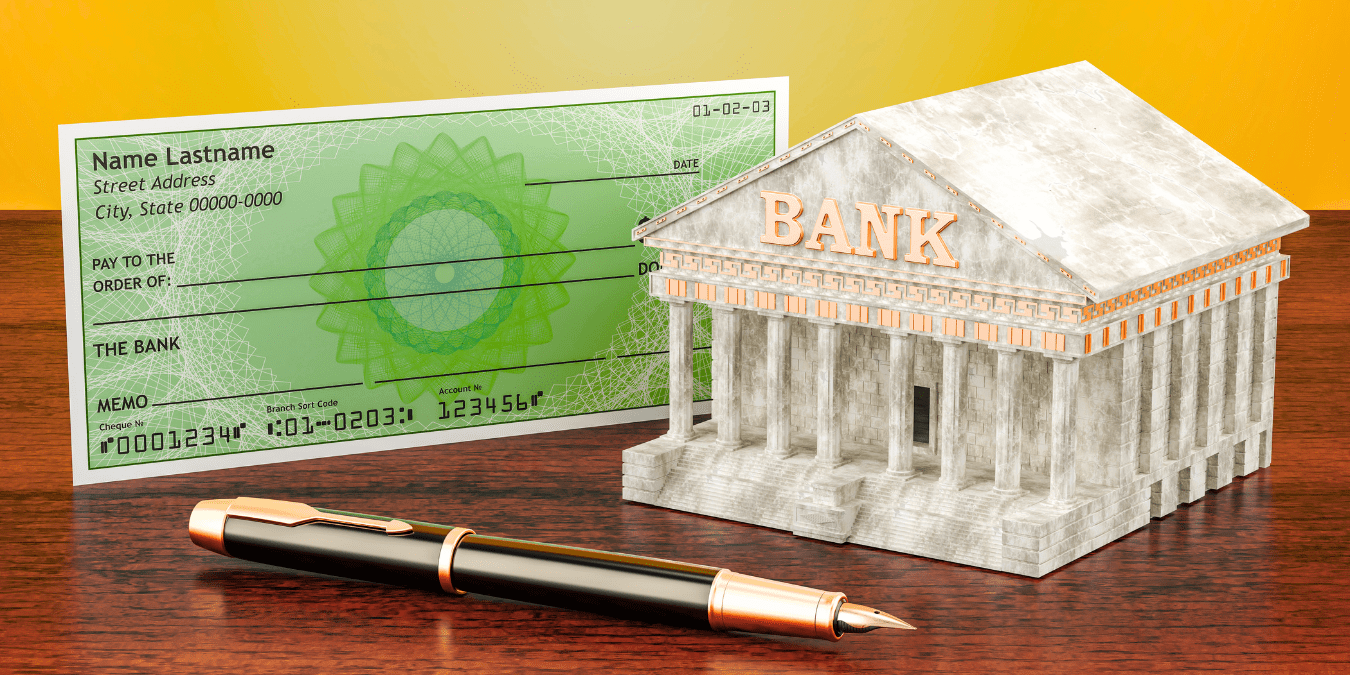
RBI Cheque Clearing Goes Real-Time October 4, 2025: Experience Instant Same-Day Settlement Across All Banks in India
India’s cheque clearing experience is about to get a dramatic, real-time makeover—will the funds from your next deposit truly appear in hours? RBI’s bold October 2025 reform promises instant settlement, but surprises and pitfalls may still lurk. Uncover hidden rules, automatic approvals, and security twists that could upend how crores of Indians bank every day. Ready to rethink cheques forever? Dive in to find out what’s secretly changing behind the scenes!
The Reserve Bank of India has launched a real-time, continuous cheque clearing system starting October 2025—a move poised to transform India’s banking landscape. This blog breaks down the new system step-by-step, explains its impact with the latest trends and data, and offers actionable tips to ensure Indian readers get the most out of this banking revolution.
Why This Matters for Every Indian
Picture depositing a cheque and having the money in your account within hours—not days. Starting October 2025, RBI has made this a reality. In response to increasing demand for faster payments—and with UPI and digital banking booming—cheque users across India will now see real-time processing for the first time in history. Whether you’re a business, professional, or family, this upgrade could reshape personal finances, payments, and daily banking forever.
Continuous Cheque Clearing: At a Glance
- Cheques are now processed as soon as they arrive—no waiting for batch cycles.
- Banks scan and send cheques for clearing between 10 AM and 4 PM.
- Most accounts receive funds the same day, usually within one hour of cheque approval.
- If a bank fails to respond to a cheque by the daily cutoff, the cheque is automatically approved by default.
What Is the New RBI Cheque Clearing System?
From October 2025, RBI’s continuous cheque clearing system processes all cheques in real-time, allowing most customers to access their funds within hours—usually the same day—rather than waiting 1–2 working days. This overhaul enhances banking speed, security, and reliability nationwide.
Why Did RBI Change Cheque Clearing in 2025?
Timely hook: This landmark reform addresses long-standing complaints over delays, bounced cheques due to slow clearing, and the mismatch between rapid digital payments and lagging cheque processing. As crores of cheques are still used for business, housing, and personal payments—especially in tier-2/3 towns and traditional sectors—real-time settlement is a dramatic step toward efficiency and inclusion.
How Does the New Cheque Clearing System Work?
Step-by-Step Guide
- Presenting the Cheque: Deposit the cheque at your bank branch during business hours (10 AM–4 PM).
- Bank Scans the Cheque: Cheques are immediately scanned and sent electronically to RBI’s clearing house—no more end-of-day batches.
- Real-Time Dispatch: The central clearing house forwards the cheque to the payer’s (drawee’s) bank instantly.
- Confirmation Process: The payer’s bank reviews and must confirm the cheque before 7 PM (Phase 1: till Jan 2026), after which it’s auto-approved if no response.
- Money in Account: On confirmation, funds are credited to the beneficiary’s account within one hour, rather than the earlier cycle of two days.
- Continuous Settlement: Settlement now happens each hour, throughout the clearing window, not just once or twice daily.
- Second Phase: From January 2026, the confirmation window shrinks to just 3 hours to make it even faster.
Timeline: Key Dates to Know
| Change | Date |
| Continuous clearing Phase 1 begins | October 4, 2025 |
| Banks must confirm/deny by 7 PM | October 4, 2025–Jan 2, 2026 |
| Continuous clearing Phase 2 begins | January 3, 2026 |
| Banks must respond within 3 hours (T+3h) | From January 3, 2026 |
Major Benefits for Indians
Faster Access to Funds
- Cheques clear within hours of deposit—no more 2-day wait.
- Money available same day, aiding both individuals and businesses.
Automation and Transparency
- Auto-approval if banks miss the deadline—less human error and fewer disputes.
- Real-time tracking through SMS/email updates enables better planning.
Wider Financial Inclusion
- Small businesses and rural customers reliant on cheques gain faster working capital.
- Older or digitally-excluded users still using cheques see improved service.
Reduced Cheque Bounces
- With instant processing, issuers need to ensure sufficient funds upfront, reducing bounced cheques and improving payments discipline.
Enhanced Security
- “Positive Pay” becomes mandatory above certain cheque values (e.g., ₹5 lakh)—extra layer of verification for big payments.
Mobile-First Comparison Table: Old vs. New Cheque Clearing
| Feature | Old System (Pre-Oct 2025) | New System (Oct 2025 Onward) |
| Deposit window | Multiple daily batches | Single daily window (10 AM–4 PM) |
| Clearing time | 1–2 working days | Hours (mostly same day) |
| Settlement frequency | Once/twice a day | Every hour |
| Bank confirmation deadline | Next working day | 7 PM same day (Phase 1), T+3h (Phase 2) |
| Auto-approval | No (manual follow-up needed) | Yes (if bank does not respond) |
| Security (Positive Pay) | Optional/limited | Required for high-value cheques |
Mistakes to Avoid Under the New System
- Issuing cheques without funds: Bounces will show instantly; avoid legal trouble and bank penalties.
- Ignoring Positive Pay: Cheques above ₹5 lakh need advance confirmation—failure means automatic return.
- Delaying deposits: Post-4 PM cheques process next business day, so deposit early for same-day clearing.
- Overwriting/alterations: Alters can cause automatic rejection; fill out cheques clearly to ensure smooth processing.
Pro Tips for Faster Cheque Clearing
- Deposit cheques early in the day for the fastest results.
- For business accounts, train staff on scanning and correct cheque handling.
- Register for real-time SMS/email updates with the bank.
- Use the Positive Pay system for all large cheques—even below the ₹5 lakh mark, for added fraud protection.
- Check cut-off times for rural or remote branches; cycles might differ slightly.
Expert Insights: Industry and User Reactions
Bankers’ Perspective:
- Banks expect smoother fund flows, fewer reconciliation issues, and reduced cash float costs.
- Staff can focus more on customer service, less on manual cheque handling.
Business Users:
- Small and medium businesses can access working capital sooner, improving operations.
- Faster settlement also reduces disputes between buyers and suppliers.
Everyday Consumers:
- Greater trust in cheque payments—especially for large transactions like rent, tuition, or down payments.
The Bigger Picture: India’s Payment Modernization
The introduction of real-time cheque clearing is the latest milestone in India’s rapid banking modernization. With UPI and IMPS already driving instant digital payments, even “traditional” tools like cheques are catching up, ensuring no Indian is left behind in the financial inclusion journey.
Final Thought: Embrace the Shift and Plan Ahead
RBI’s real-time cheque clearing is a leap forward for every Indian who uses cheques—bringing peace of mind, efficiency, and greater financial certainty. Make the most of these changes by adopting new best practices, ensuring accurate cheque handling, and exploring digital options for even faster banking. For Indian businesses and families alike, this evolution means greater speed and trust when it comes to the money that matters most.
Disclaimer: The use of any third-party business logos in this content is for informational purposes only and does not imply endorsement or affiliation. All logos are the property of their respective owners, and their use complies with fair use guidelines. For official information, refer to the respective company’s website.


